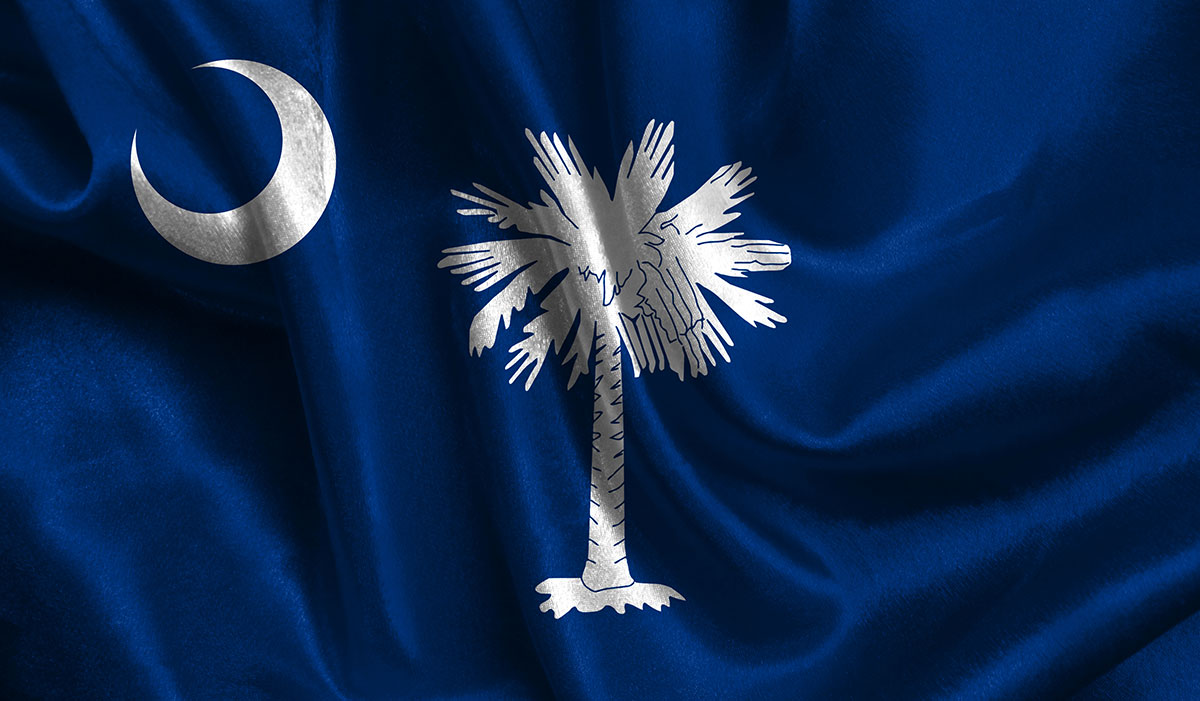The information provided on this website is for general information only. This information does not, and is not intended to, constitute legal advice, Nor is this information all inclusive.
Readers of this webpage should contact their local Authority or the Department of Revenue to obtain advice on any specific property tax matter.

Title
What Property is Subject to Tax
Property subject to ad valorem tax includes real property, personal property used in business, and certain other personal property such as motor vehicles, boats and airplanes.
Title
How are Property Taxes Calculated
Appraised Value x Assessment Ratio x Millage Rate
Title
What is Appraised Value
The appraised value of property is the fair market value of the property
Title
What is my assessment ratio
The applicable assessment ratio is determined by classification as established in the State Constitution.
Owner Occupied Real Property - 4%
Agricultural (Private) Real Property - 4%
Commercial and Rental Real Property - 6%
Agricultural (Corporate) Real Property - 6%
Personal Property Vehicles - 6%
Other Personal Property - 10.5%
Business Personal Property - 10.5%
Manufacturing Property - 10.5%
Utility Property - 10.5%
Motor Carrier - 9.5%
Fee-in-lieu - Not applicable
Title
What is a millage rate
The millage rate is the tax rate set by each taxing jurisdiction, such as the county, school district, or municipality.
The South Carolina Association of Counties publishes the Millage rates around the state which can be found here.
Title
What is the Value of a Mill
The value of a mill represents the amount of property tax revenue one mill will generate. A mill equals 1/1000 of the assessed value of the property subject to property taxes.
For example, if the assessed value of a property totals $100,000 the value of a mill is $100.
The school operating millage table shows the value of a school operating mill for each school district.
Title
What is the millage rate increase limitation
Pursuant to S.C. Code Section 6-1-320, a local governing body may increase the millage rate imposed for general operating purposes above the rate imposed for such purposes in the preceding tax year by the increase in population and inflation for the previous calendar year. If either component is negative, that component is deemed to be zero.
For additional information, see the millage rate increase limitation page.
Title
What are Property Tax Reimbursements
The State reimburses local jurisdictions to help offset the reduction in property tax revenue due to property tax exemptions. Property tax reimbursements include:
School Operating Exemptions (Tier I and Tier III)
Homestead Exemption (Tier II)
Manufacturers Depreciation
Manufacturers Exemption
Merchants Inventory
For information on the amount for each reimbursement see Property Tax Reimbursement Page.
Title
What are the School Operating (Tier I, Tier II, and Tier III) reimbursements
- Tier I – reimbursement for first $100K residential school operating exemption. The reimbursement is capped at $249,069,749.91.
- Tier II – reimbursement for $50K property tax exemption from all millage for homeowners 65 and older or disabled. The school operating portion of Tier II is capped at $80,892,728.71.
- Tier III – reimbursement for remaining appraised value from school operating millage (this exemption created by Act 388). The reimbursement is based on formula. The total reimbursement increases on an annual basis by population growth plus inflation. Annually, each school district receives the total reimbursement from the prior year plus a pro-rata share of the increased amount based on student population relative to the total student population statewide. Any county that does not receive a minimum of $2.5M, will receive extra funds to raise the reimbursement to $2.5M. If there are multiple school districts within a $2.5M minimum county, the extra funding is distributed based on student population.